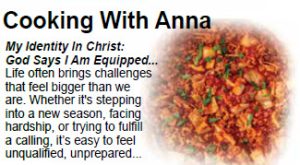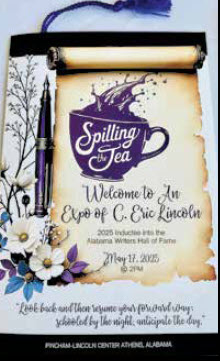 By: Lisa Philippart
By: Lisa Philippart
In recognition of October as Domestic Violence Awareness Month, I am discussing the topic of traumatic bonds. In my previous article, I presented ways to recognize the signs of trauma bonding. In this article I was going to just address the ways to break these bonds, but instead decided it was important to know and understand the causes of traumatic bonds. People who haven’t experienced abuse often struggle to understand why someone would remain in an abusive relationship. They might believe that you are perfectly capable of leaving. In reality, though, the trauma bond makes this extremely difficult. People don’t choose abuse. They also can’t help the development of trauma bonds, which are driven by some pretty strong biological processes.
Hopefully, you are familiar with the fight or flight response, which is your body’s automatic response to any perceived threat. Maybe you are also aware that people respond to threats in four different ways: fight, flight, freeze, and faint.  When you face abuse or fear the possibility of future abuse, your brain recognizes the impending distress and sends a warning to the rest of your body. Adrenaline and cortisol (the stress hormones) flood in, jumpstarting your survival instincts and triggering emotional and physical tension. Here is where the power imbalance comes into play — if you don’t feel as though you can safely escape or stand up to the person abusing you, freezing might feel like the best option. So, you stay. When thoughts of the abuse become too painful or difficult to bear, you choose to focus on the positive parts of your relationship and ignore or block the rest. You might make excuses for them and justify the behavior to rationalize your need to stay. Each repetition of this cycle can reinforce this sense of powerlessness…the seeming certainty that you’ll never be able to escape. You come to believe the false reality the abuser has constructed to control you: You need them, they need you, you are nothing without them, no one else cares. These lies can chip away larger and larger blocks from your identity and self-worth, tying you more tightly to the relationship.
When you face abuse or fear the possibility of future abuse, your brain recognizes the impending distress and sends a warning to the rest of your body. Adrenaline and cortisol (the stress hormones) flood in, jumpstarting your survival instincts and triggering emotional and physical tension. Here is where the power imbalance comes into play — if you don’t feel as though you can safely escape or stand up to the person abusing you, freezing might feel like the best option. So, you stay. When thoughts of the abuse become too painful or difficult to bear, you choose to focus on the positive parts of your relationship and ignore or block the rest. You might make excuses for them and justify the behavior to rationalize your need to stay. Each repetition of this cycle can reinforce this sense of powerlessness…the seeming certainty that you’ll never be able to escape. You come to believe the false reality the abuser has constructed to control you: You need them, they need you, you are nothing without them, no one else cares. These lies can chip away larger and larger blocks from your identity and self-worth, tying you more tightly to the relationship.
 Hormones can play a part in the traumatic bonding cycle. Hormones can be powerful reinforcers. You only have to look at dopamine’s role in addiction to find support for this. Dopamine has a similar function in trauma bonding. After an incident of abuse occurs, the period of calm that often follows can ease your stress and fear. Apologies, gifts, or physical affection offered by the abusive person serve as rewards that help reinforce the rush of relief and trigger the release of dopamine. Since dopamine creates feelings of pleasure, it can strengthen your connection with the abuser. You want the dopamine boost, so you continue trying to make them happy to earn their affection. Physical affection or intimacy also prompts the release of oxytocin, another feel-good hormone that can further strengthen bonds. Not only does oxytocin promote connection and positive feelings, it can also ease fear and anxiety. Physical affection from an abusive partner then might dim distress and emotional pain, making it easier to focus on the positive treatment.
Hormones can play a part in the traumatic bonding cycle. Hormones can be powerful reinforcers. You only have to look at dopamine’s role in addiction to find support for this. Dopamine has a similar function in trauma bonding. After an incident of abuse occurs, the period of calm that often follows can ease your stress and fear. Apologies, gifts, or physical affection offered by the abusive person serve as rewards that help reinforce the rush of relief and trigger the release of dopamine. Since dopamine creates feelings of pleasure, it can strengthen your connection with the abuser. You want the dopamine boost, so you continue trying to make them happy to earn their affection. Physical affection or intimacy also prompts the release of oxytocin, another feel-good hormone that can further strengthen bonds. Not only does oxytocin promote connection and positive feelings, it can also ease fear and anxiety. Physical affection from an abusive partner then might dim distress and emotional pain, making it easier to focus on the positive treatment.
My final article on traumatic bonding will address how to break the bonds.
By: Lisa Philippart,
Licensed Professional Counselor









 June 20, 2025
June 20, 2025



